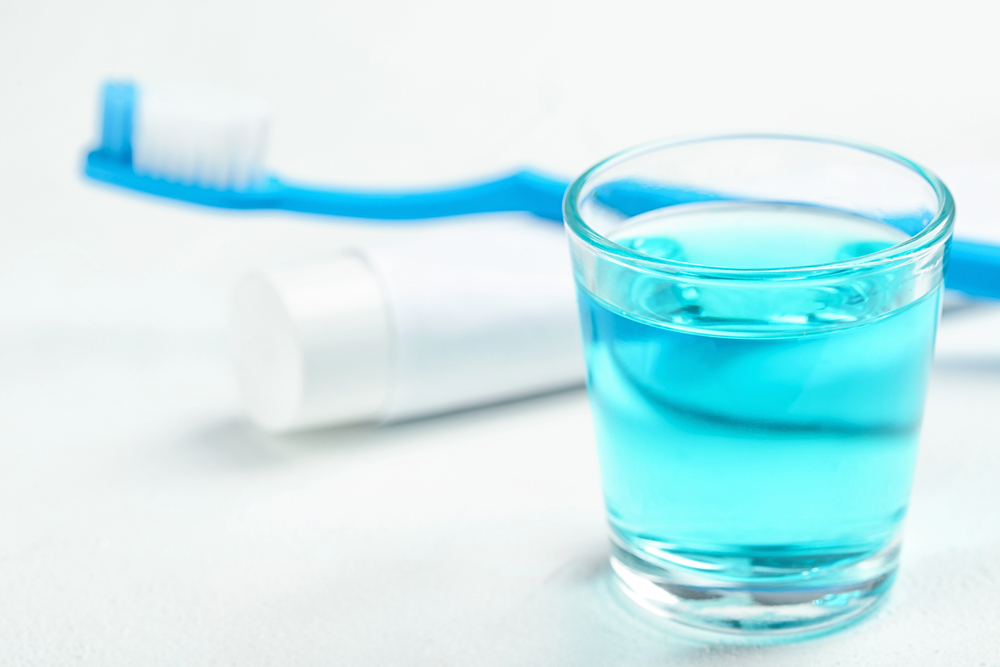
By Brigitte Rodriguez, Publishing Associate: Researcher and Writer at Save the Water™ | June 26, 2025
Edited by Shannon Hsieh, Publishing Associate: Editor at Save the Water™
Millions of people worldwide still drink fluoridated tap water every day, but growing scientific evidence has raised concerns about potential health risks. Countries like the United States, Canada, Australia, and New Zealand continue to add fluoride to public water supplies. This is to help reduce tooth decay. However, across Europe, water fluoridation has largely disappeared. Few maintain the practice, while most countries rely on alternative strategies to protect dental health.
For more than 70 years, fluoride has helped reduce dental cavities. It protects teeth by:
Therefore, organizations such as the American Dental Association (ADA) recommend community water fluoridation at approximately 0.7 parts per million (ppm) as both safe and effective.
In January 2025, a review study showed that high fluoride exposure, primarily greater than 1.5 mg/L, is associated with lower IQ in children. Furthermore, smaller studies found that even moderate levels of fluoride (around 1 mg/L) were associated with slight decreases in IQ when measured in children’s urine.
Additionally, in April 2025, the U.S. Environmental Protection Agency (EPA) released a report from the National Toxicology Program(part of the Department of Health and Human Services) stating that levels exceeding 1.5 mg/L could harm children’s cognitive development. The EPA is also reviewing the national fluoride standard to ensure it remains safe.
Germany, Sweden, and the Netherlands banned water fluoridation in the 1970s and 1980s. The reasons were:
Therefore, these countries maintain good dental health thanks to fluoridated salt, dairy programs, and educational campaigns.
In Europe, there’s a strong preference for fluoride alternatives, including fluoride salt, fluoride toothpaste, mouthwash, and varnishes. Additionally, recent fluoride-free options such as nanohydroxyapatite toothpaste are looking promising. These toothpastes can repair enamel just as effectively as traditional fluoride. Despite this, some experts warn that these newer alternatives may not offer the same level of protection for children with a high risk of cavities.